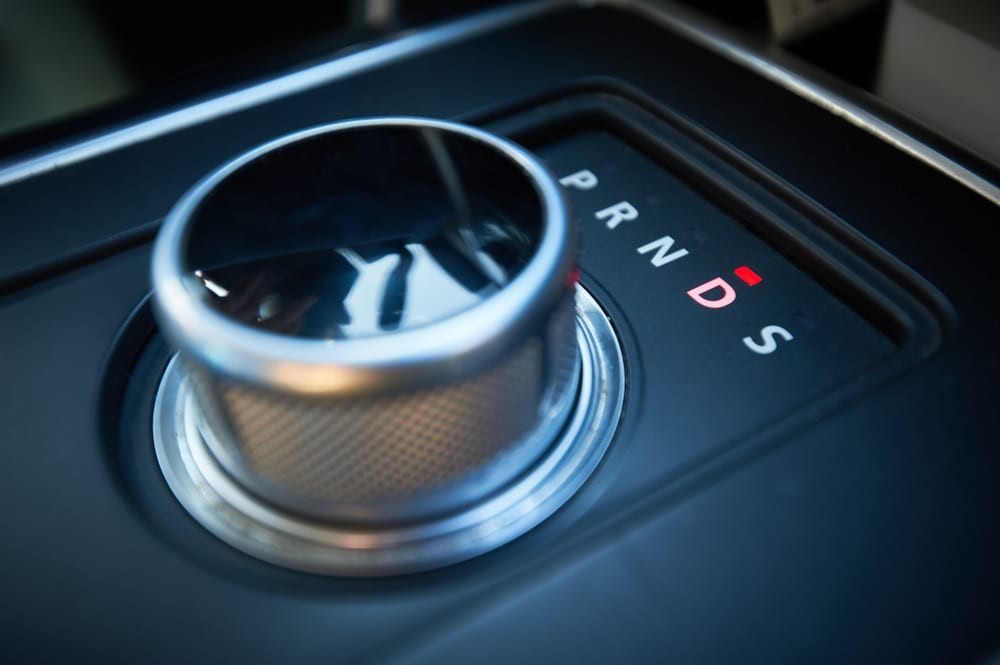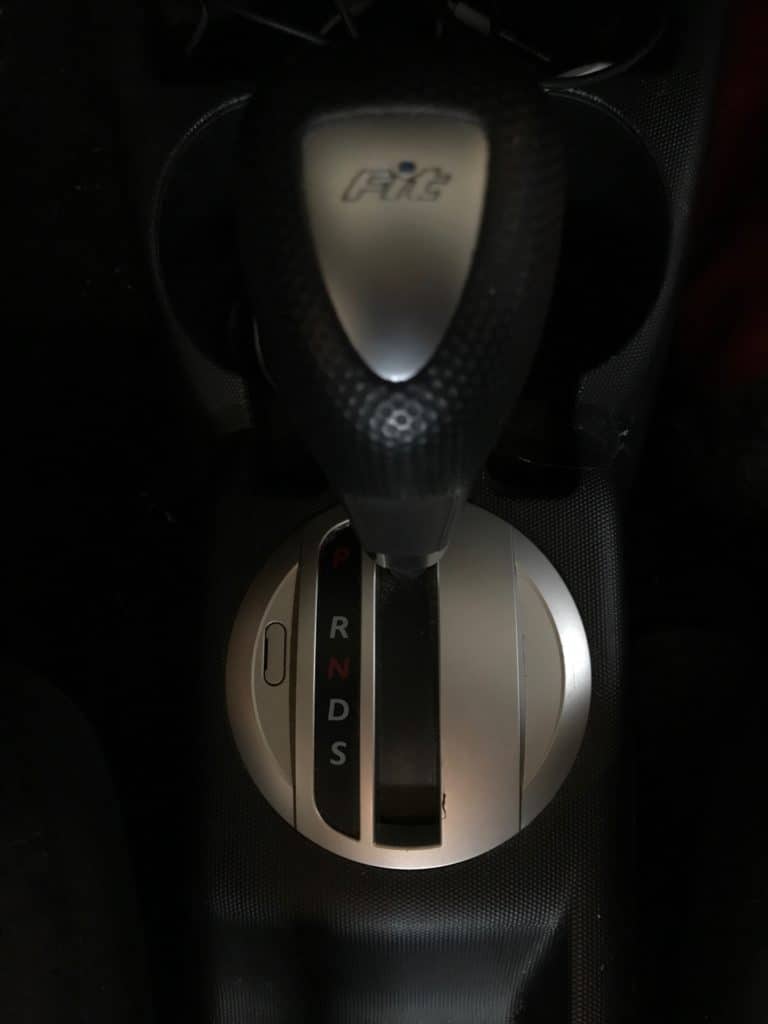
Sport mode in cars is often misunderstood. You might think it’s just for racing enthusiasts, but it’s more than that.
It’s a feature that can transform your driving experience, making your car feel more responsive and agile.
But there’s a catch.
Activating sport mode typically increases fuel consumption due to changes in throttle response, transmission behavior, and other performance-oriented adjustments.
You’ll feel the difference in how your car handles, but you’ll also notice it at the pump.
Ever wondered why your wallet feels lighter after a spirited drive? Sport mode is often the culprit.
It’s like giving your car a shot of espresso – it perks up, but it also burns through energy faster.
But don’t worry, we’ll explore when it’s worth using and when you might want to stick to eco mode.
Key Takeaways
- Sport mode enhances performance but increases fuel consumption
- It alters throttle response, transmission behavior, and sometimes suspension settings
- The trade-off between performance and efficiency depends on your driving needs and preferences
The Essence of Sport Mode
Sport mode transforms your car’s behavior, enhancing performance and driver engagement. It’s like giving your vehicle a shot of espresso, waking up its senses and sharpening its reflexes.
Making Sense of the Sport Mode Functionality
When you activate sport mode, your car’s computer tweaks several settings to spice up your ride.
The throttle response becomes more aggressive, making your car leap forward with less pedal input.
It’s like your car’s gone from wearing loafers to track shoes!
The transmission gets a bit feisty too.
It’ll hold gears longer, letting the engine rev higher before shifting.
You might notice the exhaust note gets a bit rowdier – that’s your car clearing its throat for a performance.
Steering often tightens up, giving you more road feel.
It’s like your car’s whispering secrets about the road surface right into your hands.
Comparing Drive Modes: Eco, Normal, and Sport

Think of drive modes as your car’s personality switches.
Eco mode is your frugal aunt, pinching every penny and sipping fuel like it’s fine wine. Normal mode? That’s your car’s everyday persona – balanced and sensible.
But sport mode? That’s your car’s wild side coming out to play.
While eco mode shifts early to save gas, sport mode holds gears longer and downshifts more eagerly.
It’s like your transmission’s had three cups of coffee!
The throttle mapping gets more sensitive in sport mode.
A little pedal press yields a big response – it’s perfect for those times you need to scoot past that slow-moving truck.
The Impact of Sport Mode on Fuel Economy
Sport mode can be a real gas guzzler, folks. When you activate it, your car transforms into a thirstier beast, ready to gulp down fuel like it’s going out of style.
Throttle Response and Gas Mileage
Ever notice how your car seems to have a mind of its own in sport mode?
That’s because the throttle response gets cranked up to eleven.
Your gas pedal becomes hypersensitive, reacting to the slightest touch like a cat on a hot tin roof.
This hair-trigger accelerator means you’re pumping more fuel into the engine with each press.
It’s like trying to sip a milkshake through a fire hose – there’s no such thing as a gentle squeeze.
Your car’s fuel economy takes a hit as a result.
But hey, at least you’ll feel like a NASCAR driver every time you merge onto the highway, right?
RPM and Fuel Consumption
In sport mode, your engine’s RPMs (that’s “revolutions per minute” for you non-gearheads) shoot up faster than a cat up a Christmas tree.
Your transmission holds onto each gear longer, keeping the engine revving higher.
Higher RPMs mean your engine’s working overtime, chugging gas like it’s at a frat party. This negatively impacts your fuel economy over long drives.
It’s like running a marathon at a sprint pace – you’ll burn through your resources much quicker.
But don’t worry, your wallet will remind you of this fact next time you’re at the pump.
At least you’ll have those sweet engine noises to comfort you while you watch the dollars tick by.
Performance Advantages
Sport mode unlocks your car’s hidden potential. You’ll feel the difference as soon as you press that magic button.
Let’s dive into how it transforms your ride.
Acceleration and Power Band
Ever felt like your car was holding back? Sport mode fixes that.
It sharpens throttle response, giving you more oomph when you hit the gas.
Your engine’s power band shifts, delivering more torque at lower RPMs.
This means quicker acceleration, especially from a standstill. You’ll notice it most in that 0-60 sprint.
In some cars, sport mode can shave up to half a second off your 0-60 time.
That’s the difference between winning and losing at the stoplight grand prix!
Even in your everyday sedan or hatchback, you’ll feel a noticeable bump in performance.
Handling and Steering Dynamics
Sport mode doesn’t just make you faster in a straight line. It transforms your car’s handling too. You’ll feel like you’re driving on rails.
The steering becomes more responsive, with a tighter ratio for quicker turns.
Suspension settings tighten up, reducing body roll in corners. Your car stays flatter, giving you more confidence to push it.
Power steering assist often reduces, giving you more road feel.
It’s like your hands are directly connected to the tires.
All these changes make your car feel more nimble and agile.
Perfect for those twisty back roads or even a track day if you’re feeling adventurous.
Mechanical Insights
Sport mode isn’t just about going fast – it’s a whole symphony of mechanical adjustments working in harmony.
Let’s peek under the hood and see what’s really happening when you hit that magic button.
Transmission and Gear Shifting
When you engage sport mode, your automatic transmission goes from lazy Sunday driver to caffeinated race car enthusiast.
It’s like giving your gearbox a shot of espresso.
You’ll notice the shift points change dramatically.
Instead of shifting up at 2,500 RPM to save fuel, your car might hold gears until 4,000 RPM or higher.
It’s not being stubborn – it’s giving you more power on demand.
The transmission also becomes more eager to downshift.
Tap the gas, and it’ll drop a gear faster than you can say “zoom zoom.”
This keeps the engine in its power band, ready to rocket you forward at a moment’s notice.
Brakes and Traction Control
Sport mode doesn’t just make you go faster – it helps you stop and turn better too.
Your brakes might become more sensitive, responding to even the lightest touch of your foot.
Traction control systems often loosen their electronic leash in sport mode.
They’ll let you have a bit more fun before stepping in to save the day.
It’s like having a slightly more lenient babysitter.
Some fancy cars with brake-by-wire systems might even adjust their feel in sport mode.
The pedal could become firmer, giving you more precise control over your stopping power.
Remember, though – while sport mode makes your car more responsive, it doesn’t make you a better driver.
Use these enhanced capabilities wisely, and always keep safety in mind.
Considering the Trade-offs
Sport mode offers thrilling performance, but it comes at a cost. Let’s look at how it affects your wallet and your ride over time.
Balancing Performance with Efficiency
You know that rush you get when you hit sport mode?
It’s like your car suddenly chugs an energy drink.
But just like that caffeine buzz, it’s gonna cost ya.
Sport mode turns everything up to 11, making your engine work harder and guzzle more fuel.
Think of it like this: your car becomes a high-maintenance date.
It wants all the fancy drinks (premium gas) and isn’t afraid to run up the tab. Meanwhile, eco mode is like that frugal friend who’s always looking for happy hour deals.
But hey, sometimes you gotta live a little, right? Just remember, every time you engage sport mode, you’re trading MPGs for MPHs.
Long-Term Effects on Vehicle Health
Now, you might be wondering, “Am I slowly turning my car into a drama queen with all this sport mode action?”
Well, not exactly, but there are some things to consider.
Constantly running in sport mode is like making your car do CrossFit every day.
Sure, it’ll be super fit, but it might also wear out faster.
Your transmission and engine will be working overtime, which could lead to more frequent maintenance visits.
On the flip side, your suspension and steering components might actually thank you.
Sport mode often tightens things up, potentially reducing wear from sloppy handling.
Just don’t expect your tires to last as long – they’ll be working harder too.
Frequently Asked Questions
Sport mode’s impact on fuel consumption is a hot topic for car enthusiasts. Let’s dive into some common queries about how this performance-oriented setting affects your wallet at the pump.
What’s the deal with Sport mode? Does it gobble up more fuel?
You bet it does!
When you engage Sport mode, your car’s engine gets a bit greedier with the gas.
It’s like giving your ride a shot of espresso – more pep, but at a cost. Sport mode increases throttle sensitivity, which means more fuel flows to the engine.
How does driving in Sport mode affect my car’s thirst for gas compared to Eco mode?
It’s like comparing a camel to a racehorse.
Eco mode sips fuel like a refined tea drinker, while Sport mode gulps it down like a marathon runner at a water station.
Sport mode can transform your car’s handling, but it’ll make your fuel gauge drop faster than a lead balloon.
In the hustle and bustle of city driving, will switching to Sport mode leave my fuel tank feeling the pinch?
In the urban jungle, Sport mode is like wearing a tuxedo to a fast food joint – flashy but impractical. Those quick starts and stops will have you visiting the gas station more often.
Your wallet might start to feel lighter than your right foot.
Can turning on Sport mode on the highway mean more trips to the pump?
Even on the open road, Sport mode can be a bit of a gas guzzler. It’s like leaving your faucet running – smooth and constant, but boy does it add up.
You might find yourself eyeing those highway gas stations more often than usual.
Does my ride guzzle more juice in Sport mode, or is that just a myth?
It’s no tall tale, folks. Sport mode changes your car’s driving dynamics, including how it sips – or rather, chugs – fuel.
Your engine will be working harder, and harder work means a bigger appetite for gas.
Will embracing my need for speed in Sport mode cost me more in fuel than taking it easy in Eco mode?
You can bet your bottom dollar it will!
Sport mode is like feeding your car premium steak instead of a salad. It’s tasty and performative, but it’ll cost you.
Eco mode modifies the engine control module to be more fuel-efficient, while Sport mode does the opposite.
